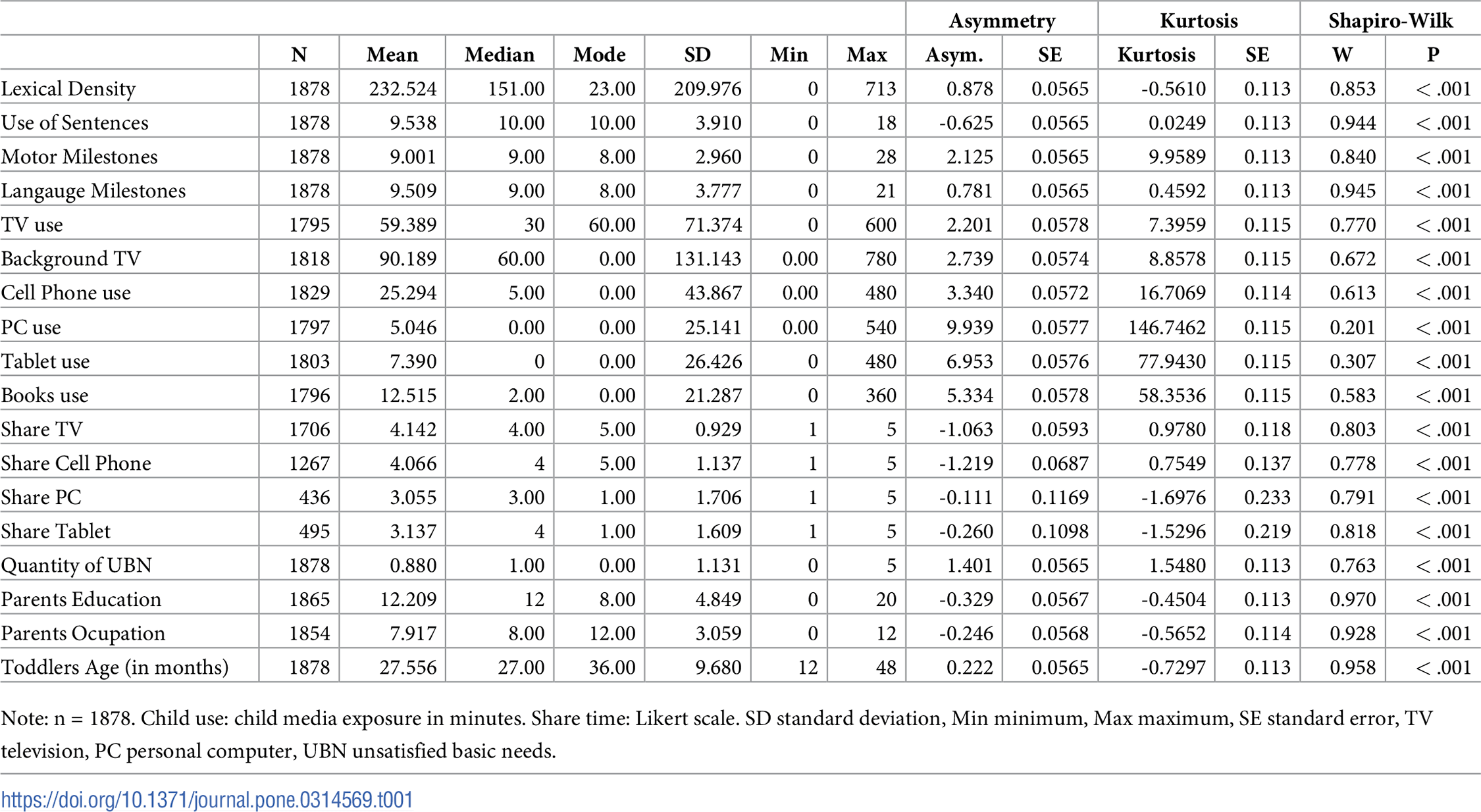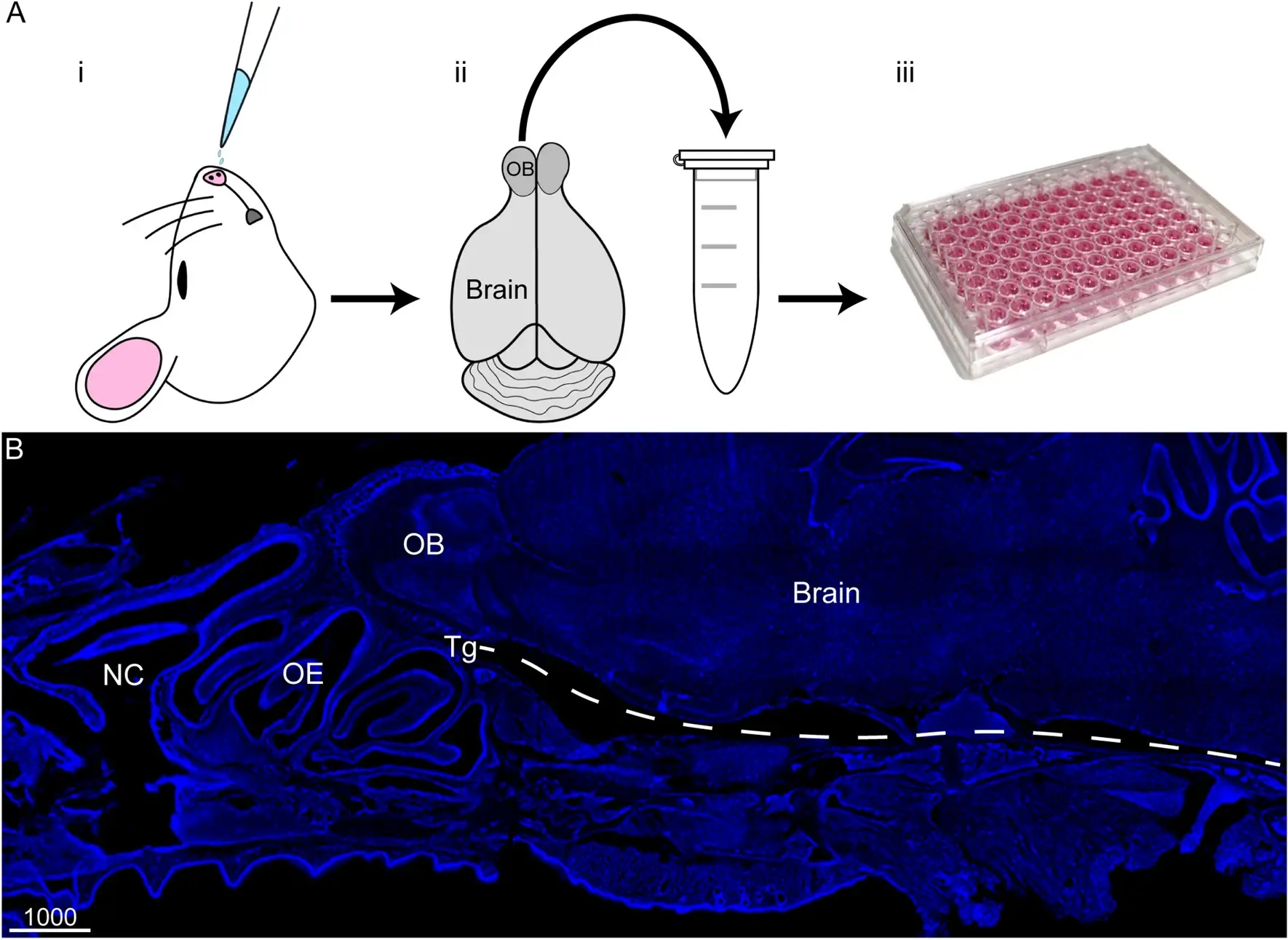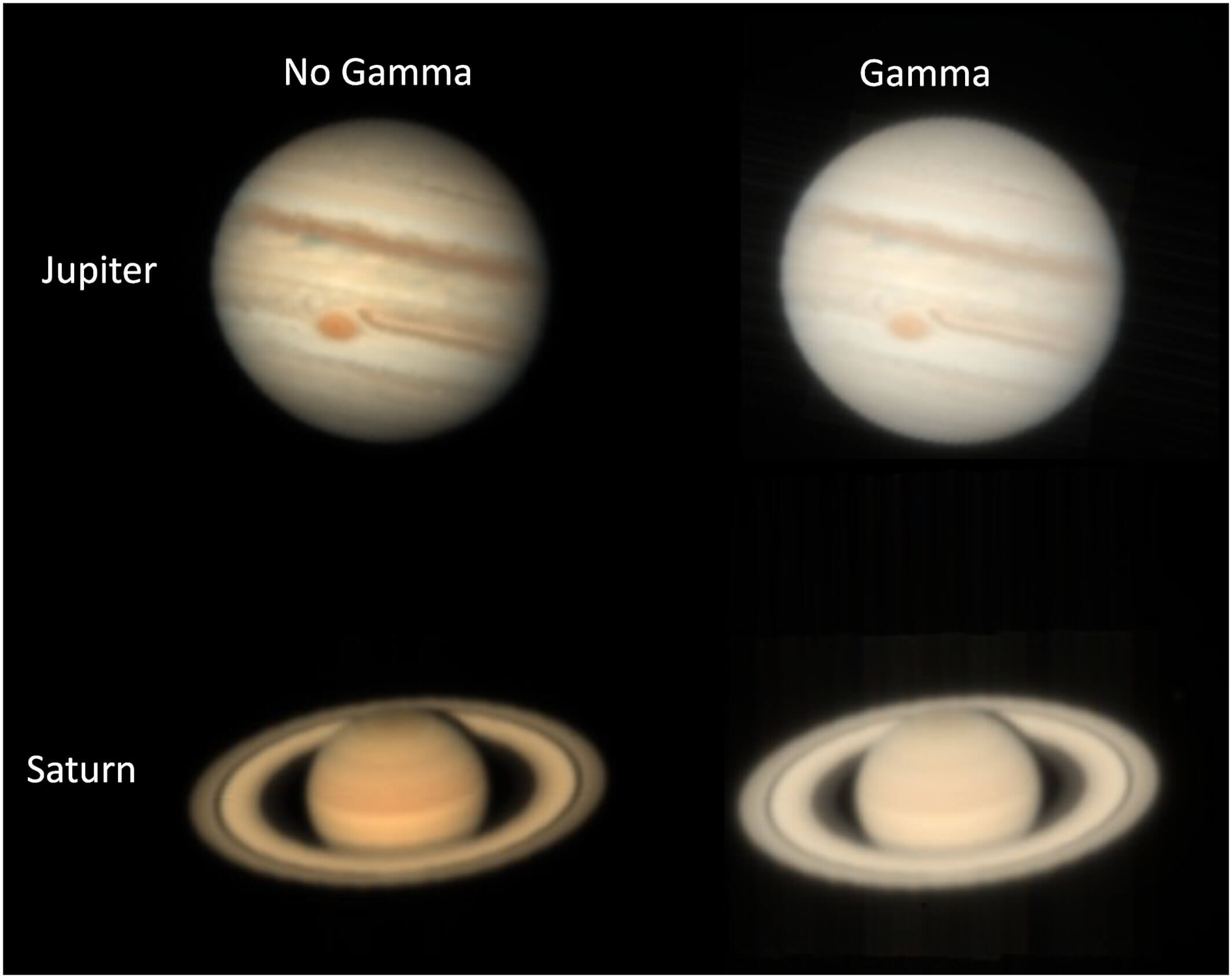What is Molarity (M)?
Molarity (M) is the measure of the concentration of a solution, defined as the number of moles of solute per liter of solution. It is calculated using the formula:
Molarity (M) = Moles of Solute / Volume of Solution (L)
Common units for molarity include:
- M (Molar)
- mM (Millimolar) = 0.001 M
- µM (Micromolar) = 0.000001 M
What is Normality (N)?
Normality (N) is another way to express concentration, which accounts for the number of equivalents of a substance in a solution. It is calculated using the formula:
Normality (N) = Molarity (M) × Equivalent Factor (n)
Common units for normality include:
- N (Normal)
- mN (Millinormal) = 0.001 N
- µN (Micronormal) = 0.000001 N
The Equivalent Factor (n)
The equivalence point is the stage in a reaction where the number of equivalents of one reactant completely reacts with the equivalents of another. In acid-base titrations, it occurs when the moles of H⁺ from the acid equal the moles of OH⁻ from the base.
For example, if 1M of HCl is titrated with 1M NaOH, the equivalence point is when equal volumes of both solutions are mixed, forming water and salt.
The equivalent factor (n) depends on the type of substance:
- For acids, it is the number of H⁺ ions per molecule.
- HCl → n = 1
- H₂SO₄ → n = 2
- H₃PO₄ → n = 3
- For bases, it is the number of OH⁻ ions per molecule.
- NaOH → n = 1
- Ca(OH)₂ → n = 2
- For redox reactions, it is the number of electrons exchanged per mole of reactant.
Example Calculations
Example 1: Convert Molarity to Normality
Given:
- 0.5 M H₂SO₄ (Sulfuric Acid)
- H₂SO₄ releases 2 H⁺ ions, so n = 2
Calculation:
Normality (N) = Molarity (M) × Equivalent Factor (n)
N = 0.5 × 2
N = 1.0 N
Example 2: Convert Normality to Molarity
Given:
- 2.0 N NaOH (Sodium Hydroxide)
- NaOH releases 1 OH⁻ ion, so n = 1
Calculation:
Molarity (M) = Normality (N) / Equivalent Factor (n)
M = 2.0 / 1
M = 2.0 M









